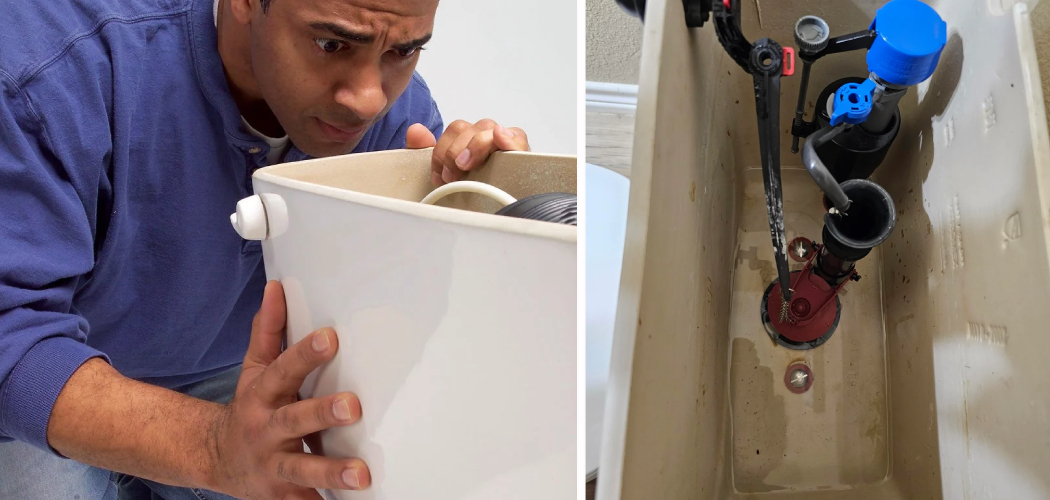Toilets are essential to our daily lives, and we often take them for granted until something goes wrong. One of the most common issues people face with their toilets is a faulty toilet flapper. The toilet flapper is a small rubber valve that controls water flow from the tank to the bowl when you flush.
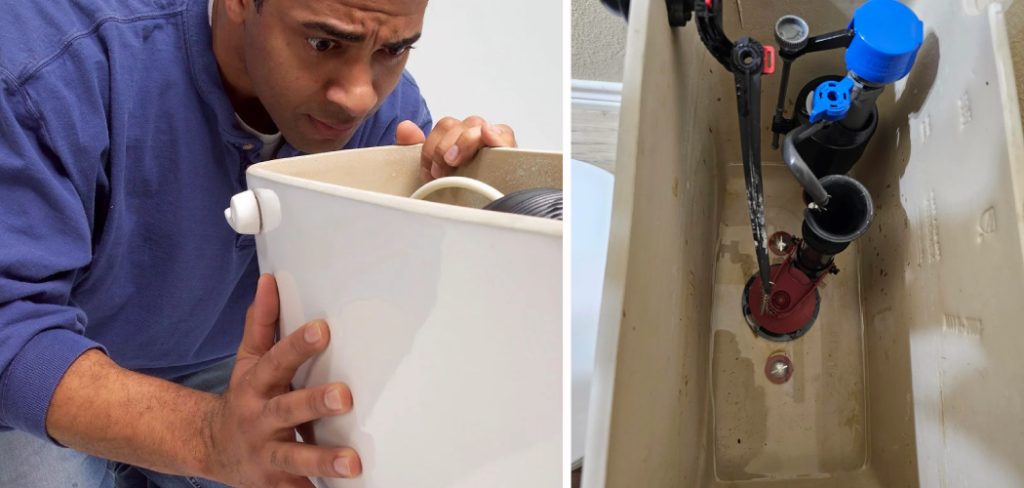
Over time, these flappers can wear out and cause problems such as water leakage, running toilets, or clogs. Knowing when your toilet flapper needs to be replaced is essential to avoid any inconvenience and potential damage to your bathroom. In this guide, we will discuss how to tell if toilet flapper needs to be replaced and the steps to replace it. If you notice any of these signs, it may be time to replace your toilet flapper.
Understanding the Toilet Flapper
Before we dive into how to tell if your toilet flapper needs to be replaced, it’s essential to understand the role of this small but crucial component in your toilet. As mentioned earlier, the toilet flapper is a rubber valve that allows water to flow from the tank to the bowl when you flush. It is attached to a chain or rod connected to the flush handle, allowing you to control when the toilet flushes.
Another important function of the toilet flapper is to create a seal between the tank and bowl after flushing. This seal prevents water from continuously flowing into the bowl, leading to a running toilet.
11 Sings on How to Tell if Toilet Flapper Needs to Be Replaced
1. Leaking Water:
One of the most obvious signs that your toilet flapper needs to be replaced is if you notice water leaking from the tank into the bowl. This could happen continuously or intermittently, but it clearly indicates that the flapper is not creating a proper seal. This is not only a waste of water, but it can also cause your water bill to increase. If you notice this sign, it’s time to replace your toilet flapper.
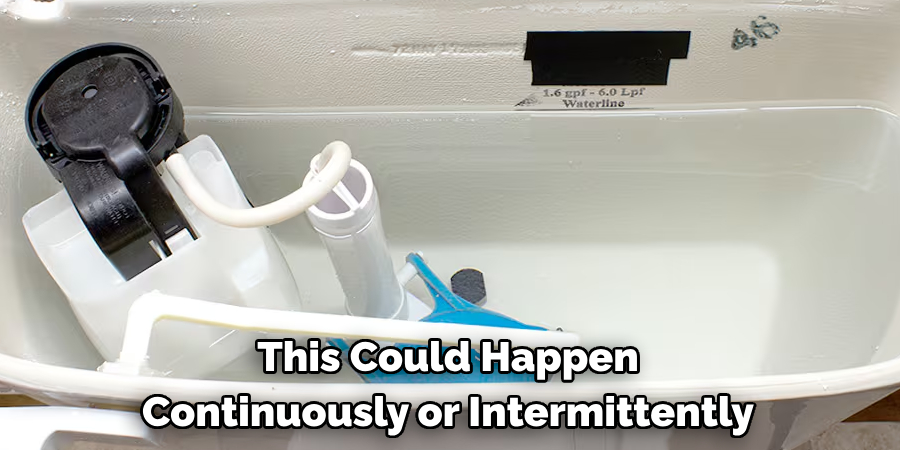
2. Constant Running:
A constantly running toilet is irritating and a sign of a faulty toilet flapper. If the flapper is not creating a proper seal, water will continuously flow from the tank into the bowl, causing the toilet to run non-stop. Not only does this waste water, but it can also cause damage to your toilet’s internal components over time. If you hear your toilet running even after flushing, it’s time to replace the flapper. If you’re unsure whether the flapper is causing the issue, try pressing down on it to see if it stops running.
3. Difficulty Flushing:
A worn-out toilet flapper can also make flushing more difficult. If you notice that you need to hold down the flush handle for an extended period or press it multiple times for a complete flush, it could be due to a faulty flapper. The flapper may not open fully or close properly, affecting the water flow and pressure needed for a successful flush. It’s time to replace the flapper if this becomes a recurring issue.
4. Weak Flush:
Similar to difficulty flushing, a weak flush can also be attributed to a faulty toilet flapper. If you notice that your toilet is not flushing with the same force as before or if you see debris remaining in the bowl after flushing, it could be due to a flapper that is not opening fully. This decreases the water flow and pressure, resulting in a weak flush. If you experience this issue, it’s time to replace your toilet flapper.
5. Stains on the Toilet Bowl:
A malfunctioning toilet flapper can also cause stains to appear on the toilet bowl. When the flapper does not seal properly, water can continuously flow into the bowl, leaving mineral deposits and other debris behind. These stains can be difficult to remove and are a clear sign that your flapper needs to be replaced. Stagnant water can also become a breeding ground for bacteria and mold.
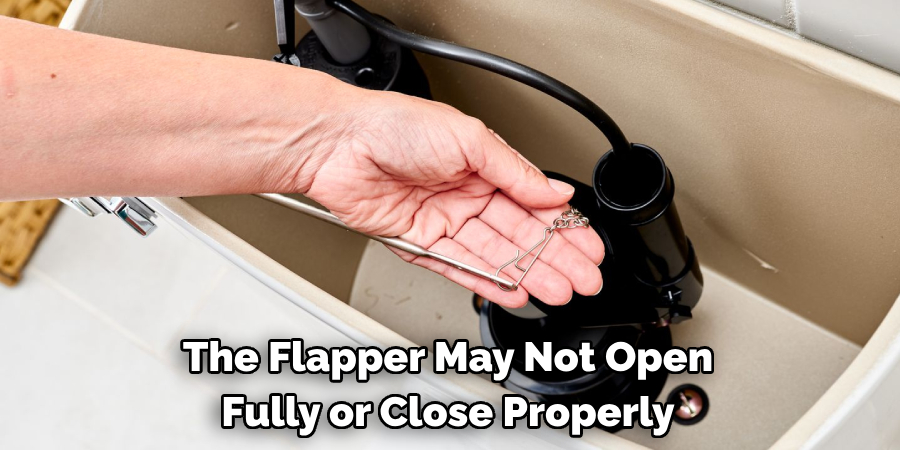
6. Discolored Water in the Bowl:
If you notice that the water in your toilet bowl is discolored, it could be due to a faulty flapper. The mineral deposits and debris from continuously running water can cause discoloration, giving the impression of a dirty toilet even after cleaning it. If you notice this issue, it’s time to replace your flapper and clean the bowl thoroughly.
7. Water Level in the Tank is Low:
Another sign of a faulty flapper is a low water level in the toilet tank. If you notice that the water level drops significantly after flushing, it could mean that the flapper is not closing properly, causing the water to continuously drain into the bowl. This can also lead to a weak flush and difficulty flushing. It’s essential to fix this issue immediately to avoid damaging your toilet. If you notice a low water level, it’s time to replace the flapper.
8. Strange Noises:
If you hear strange noises coming from your toilet, such as gurgling or hissing sounds, it could be due to a faulty flapper. As mentioned earlier, the flapper creates a seal between the tank and bowl after flushing. If this seal is not tight, air can enter the tank, making strange noises. These noises could also indicate water leaking from the tank into the bowl.
9. The Flapper Looks Worn Out:
If you notice that your toilet flapper looks old, worn out, or damaged, it’s time to replace it. Over time, the flapper’s rubber material can deteriorate, making it less effective in creating a proper seal and controlling water flow. If you see any cracks or tears on the flapper, it clearly indicates that it needs to be replaced.
10. The Flapper Chain or Rod is Loose:
The chain or rod connecting the toilet flapper to the flush handle can also become loose over time. This can cause issues with flushing, water flow, and constantly running toilets. If the chain or rod is loose, try adjusting it before replacing the flapper. Ensure it is properly connected and has enough slack to allow the flapper to move freely.
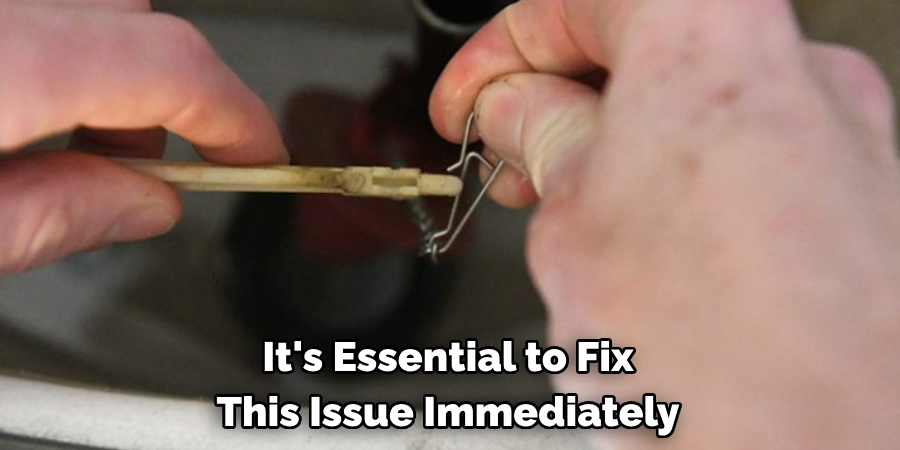
11. Age of the Flapper:
Lastly, if you’re not experiencing any noticeable issues with your toilet flapper, but it’s been a while since you last replaced it, it’s probably time to do so. As with any other component in your toilet, the flapper can wear out over time and become less effective in its functions. If you’re unsure how old your flapper is, it’s best to replace it every 3-5 years to prevent any potential issues.
Following these signs can help you determine if your toilet flapper needs to be replaced. Remember, a faulty flapper not only wastes water but can also cause damage to your toilet in the long run. It’s essential to promptly address any issues with the flapper to ensure it continues functioning effectively. Regular maintenance and timely replacements can save you from more significant expenses down the road.
So, keep an eye out for these signs and replace your toilet flapper when necessary to maintain a properly functioning toilet. Happy flushing! to check for discoloration or deterioration. Over time, the flapper’s rubber material
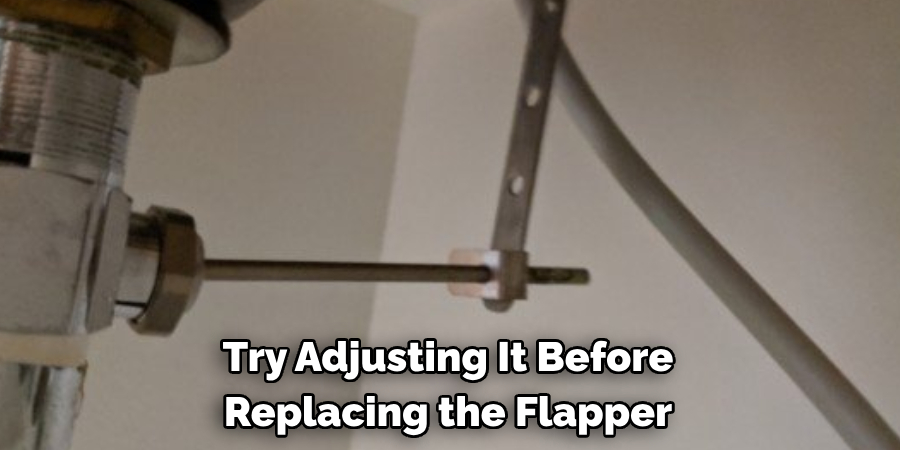
Additional Tips and Tricks to Tell if Toilet Flapper Need to Be Replaces
1. If you hear a constant dripping sound coming from your toilet, especially when it hasn’t been flushed recently, this could be a sign that the flapper needs to be replaced. The constant dripping indicates that the flapper is not sealing properly, and water continuously leaks into the bowl.
2. Another way to tell if the flapper needs to be replaced is to check for discoloration or deterioration. Over time, the flapper’s rubber material can deteriorate due to exposure to water and chemicals in the toilet tank. If you notice any discoloration or cracks on the flapper, it is a clear sign that it needs to be replaced.
3. Keep an eye out for repeated clogs in your toilet. If you have to plunge the toilet more frequently than usual, it could be due to a faulty flapper. When the flapper is not sealing properly, it can cause partial clogs and make it difficult for waste to pass through.
4. Conducting a dye test is one way to test whether the flapper functions correctly. Drop a few drops of food coloring into the toilet tank and wait for about 30 minutes. If you see the colored water seeping into the bowl, it means that the flapper is not sealing properly and needs to be replaced.
5. It’s always a good idea to have an extra flapper on hand in case of emergencies. Flappers can deteriorate or break unexpectedly, leaving you with a non-functioning toilet until you can get a new one. Keeping an extra flapper in your home can save you from any inconvenience.
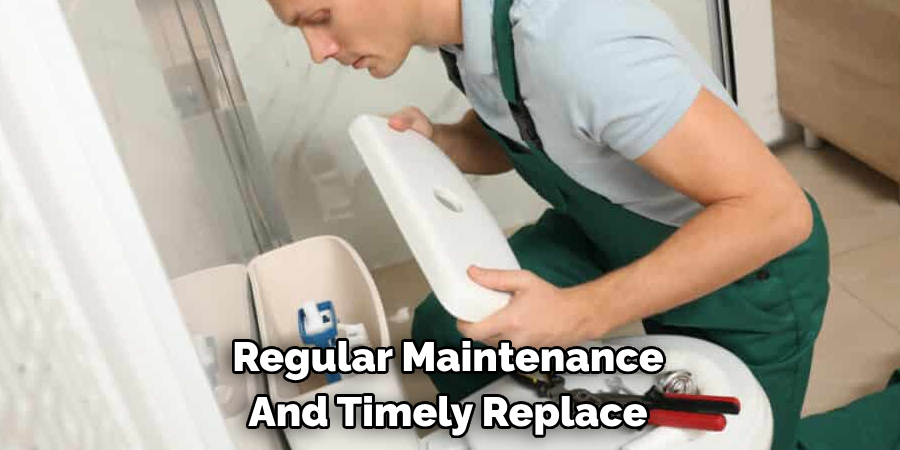
6. Regular maintenance and cleaning of the toilet tank can also help prolong the lifespan of the flapper. Make sure to clean any build-up or debris around the flapper and its seal to ensure it is functioning properly.
7. If you are unsure about replacing the flapper yourself, it is always best to consult a professional plumber. They can assess the situation and determine if the flapper needs to be replaced or if there are any other underlying issues causing the problem.
8. When replacing the flapper, make sure to choose the right size and type for your toilet model. Flappers come in different sizes and shapes, so selecting the correct one is essential for a proper fit and optimal functioning.
9. It’s also important to regularly check the chain connecting the flapper to the handle. If it is too long or too short, it can affect the flapper’s seal and cause leaks or issues with flushing.
10. Finally, keeping your toilet in good condition by fixing small problems, such as a faulty flapper, can help save you from more significant and costly repairs. It can also save you money on your water bill by preventing unnecessary water waste.
By following these additional tips and tricks, you can easily determine if your toilet flapper needs to be replaced and take the necessary actions to fix any issues. Remember, regular maintenance is key in ensuring the proper functioning of your toilet and preventing any major problems. So, monitoring your toilet’s performance and promptly addressing any issues is always beneficial. Happy flushing!
Maintenance Tips for Toilet Flapper
1. Regular Cleaning:
Keeping your toilet flapper clean is essential for its proper functioning. Dirt, grime, and minerals can accumulate and cause the flapper to deteriorate and malfunction. Regularly cleaning it with a mild soap or vinegar solution can prevent this buildup and ensure smooth operation. This will also help prevent unpleasant odors from the toilet.
2. Check for Damage:
Your toilet flapper is constantly exposed to water and chemicals, which can cause wear and tear over time. It is essential to check for any signs of damage, such as cracks or tears, on a regular basis. If you notice any damage, it is best to replace the flapper before it causes any bigger problems. If the flapper is damaged, it can result in water wastage and increase your utility bills.
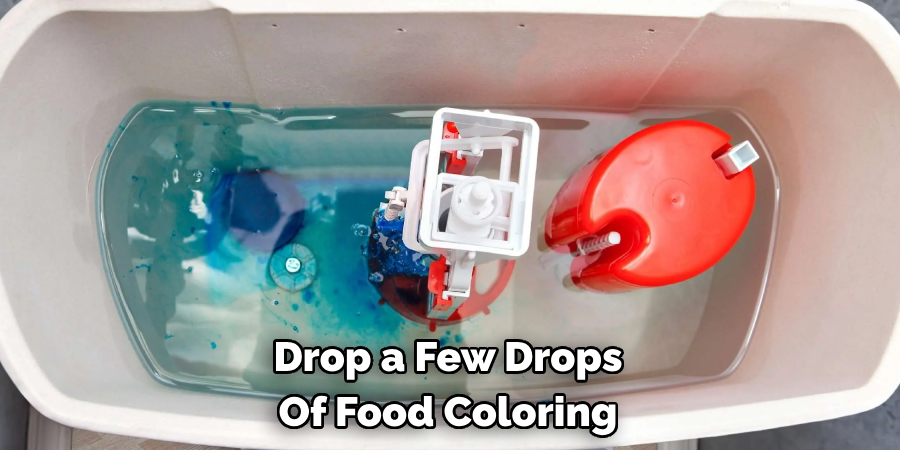
3. Adjust Chain Length:
The chain connected to the toilet flapper can get tangled or caught between other parts of the toilet, causing it to malfunction. It is important to regularly check and adjust the chain length to ensure enough slack for proper flapper movement. If the chain is too long, it can get caught in other parts, and if it’s too short, it can prevent the flapper from closing properly.
4. Use Cleaning Products Carefully:
When using cleaning products to clean your toilet, make sure to use them carefully around the flapper. Harsh chemicals can damage the flapper’s rubber material, causing it to deteriorate quickly. It is best to use mild cleaning agents specifically designed for toilets and avoid any contact with the flapper. Using harsh chemicals can also cause the flapper to lose its seal, resulting in a constantly running toilet.
5. Replace Old Flappers:
If your toilet flapper shows signs of wear and tear, it is recommended that you replace it every 5 years or sooner. Over time, the rubber material used in the flapper can become stiff and less effective, causing it to malfunction. Replacing the flapper will ensure efficient water flow and prevent potential leaks.
6. Check Water Levels:
If you notice that your toilet is constantly running, it could be due to a high water level in the tank. This can pressure the flapper, causing it to stay open and continuously release water into the bowl. Adjusting the water level to the recommended level can help prevent this issue and prolong the life of your toilet flapper.
7. Avoid Putting Foreign Objects in the Tank:
It is important to avoid putting any foreign objects, such as cleaning products or toys, into the toilet tank. These objects can get lodged near the flapper, hindering its movement and causing it to malfunction. In addition, these objects can also damage the flapper’s rubber material, leading to leaks and other issues.
Following these maintenance tips for your toilet flapper will ensure proper functioning and increase lifespan. Regularly checking and cleaning the flapper can prevent potential issues and save you from costly repairs in the future. Remember, prevention is always better than cure when it comes to maintaining your toilet’s components. So, make sure to follow these tips and keep your toilet running smoothly. Happy flushing!
Frequently Asked Questions
How Do I Know if My Toilet Flapper Needs to Be Replaced?
A few signs may indicate it’s time to replace your toilet flapper. One of the most obvious signs is if you notice continuous running water in the tank, even when the toilet is not in use. This can be caused by a worn-out or damaged flapper that no longer creates a tight seal and allows water to constantly flow into the bowl.
Another indication that your toilet flapper needs to be replaced is if you hear hissing noises coming from your toilet tank. This could also be due to a faulty flapper that is not sealing properly and leaking water into the bowl.
In addition, if you notice that your toilet is flushing weakly or incompletely, it could be a sign that the flapper is not functioning properly. This can be caused by the flapper being worn out or damaged, preventing enough water from entering the bowl during flushing.
How Often Should I Replace My Toilet Flapper?
The frequency of replacing your toilet flapper will depend on a few factors, such as the quality of the flapper, usage frequency, and water quality. A high-quality toilet flapper can last up to five years with regular use.
However, it may wear out sooner if you have hard water or frequently use chemical cleaners in your toilet. You should inspect your toilet flapper every six months and replace it if you notice any signs of wear and tear.
How Can I Replace My Toilet Flapper?
Replacing a toilet flapper is a relatively easy task that can be completed in just a few steps. First, you must turn off the water supply to your toilet by locating the shut-off valve near the toilet’s base and turning it clockwise. Next, flush the toilet to drain any remaining water in the tank.
Once the tank is empty, you can remove the old flapper by disconnecting it from the overflow tube and removing any attachments. Then, install the new flapper by attaching it to the overflow tube and ensuring it creates a tight seal.
Finally, turn the water supply back on and test the new flapper by flushing the toilet and checking for any leaks. If everything looks good, you have successfully replaced your toilet flapper.
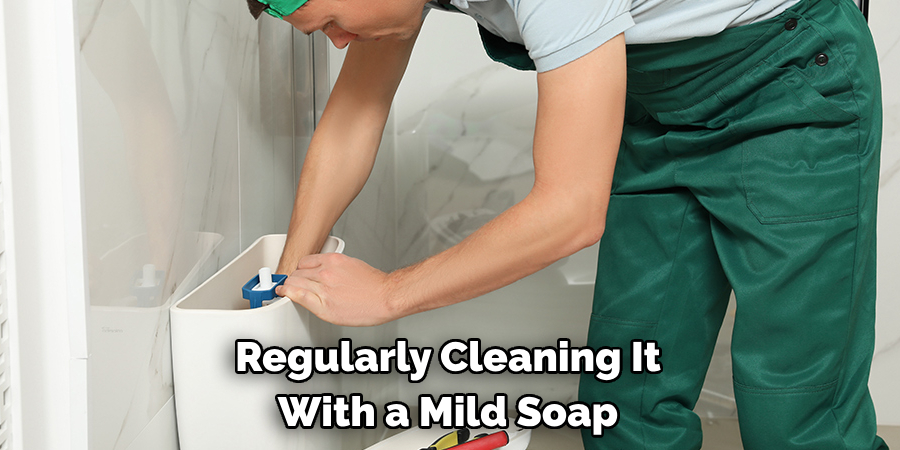
Conclusion
Knowing how to tell if toilet flapper needs to be replaced can save you from potential water damage and costly repairs. Regularly inspecting your toilet flapper and replacing it as needed ensures that your toilet continues functioning properly. Remember to choose a high-quality flapper and carefully follow the steps for replacement to keep your toilet running smoothly. So, be mindful of these signs and replace your toilet flapper when necessary to avoid any inconvenience. Happy flushing!

